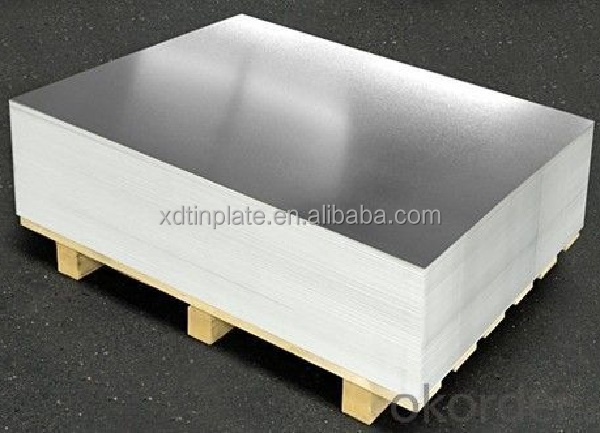At the core of any pressure reducing regulator is a pressure-sensing mechanism. When the upstream pressure (inlet) exceeds the set point, the PRR automatically adjusts an internal valve, limiting the downstream pressure (outlet) to a predetermined level. This regulation maintains a constant output pressure even when there are fluctuations in the inlet pressure or variations in flow rates. Most regulators incorporate a spring-loaded diaphragm that responds to changes in pressure, creating a reliable feedback loop that maintains stability.











